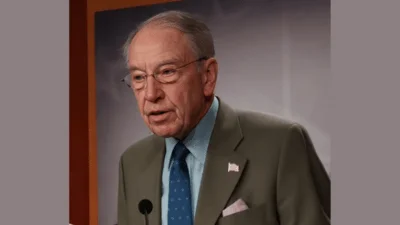U.S. Secretary of Commerce Gina Raimondo visited India for the fifth ministerial level meeting of the bilateral Commercial Dialogue March 10 in New Delhi.
India’s Minister of Commerce and Industry Shri Piyush Goyal and Raimondo co-chaired and re-launched the Dialogue in accordance with the U.S.-India Joint Leaders’ Statement, with a renewed focus on future and emerging areas of bilateral commercial partnership, according to a March 14 joint statement.
"Secretary Raimondo took note of India’s initiatives to bolster its infrastructure sector, including the National Infrastructure Pipeline and PM Gati Shakti National Master Plan," the joint statement said. "She also took note of the objectives of India’s National Logistics Policy, which seeks to boost trade and enable digital transformation in India’s logistics sphere. Minister Goyal acknowledged and recognized the ambitious nature of U.S. initiatives such as the CHIPS and Science Act of 2022, Inflation Reduction Act and Infrastructure Investment and Jobs Act, which provide investment opportunities in domestic manufacturing, strengthen supply chains and accelerate the industries of the future."
Both sides also noted "with satisfaction," bilateral goods and services trade has almost doubled since 2014, blowing past the $191 billion in trade between the two nations last year, the joint statement said. The improved trade signaled accelerated growth that benefits both countries.
"Both sides envision further coordination on how best to foster an enabling environment for increased investment, including by small and medium-sized enterprises and start-up companies," the joint statement reported.
Indian and U.S. representatives at the meeting expressed shared interest in collaboration to further economic integration "of like-minded countries," the joint statement added. The focus would be on shared democratic values to bolster transparency, resilience and security in global supply chains.
Additionally increased economic prosperity is sought in both the U.S. and India, as well as the Indo-Pacific region, the joint statement noted.





